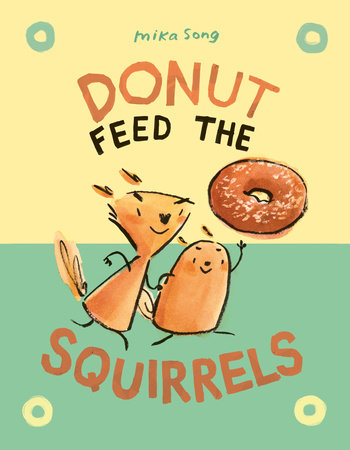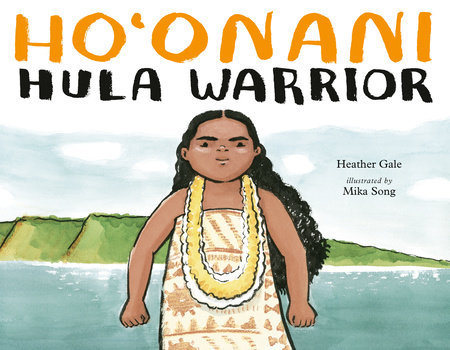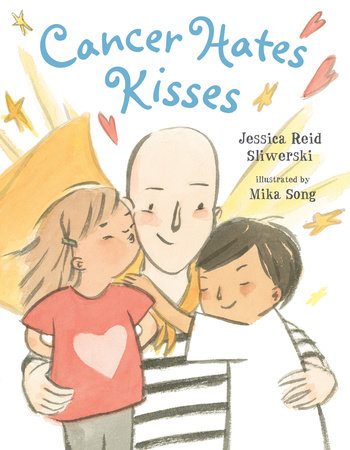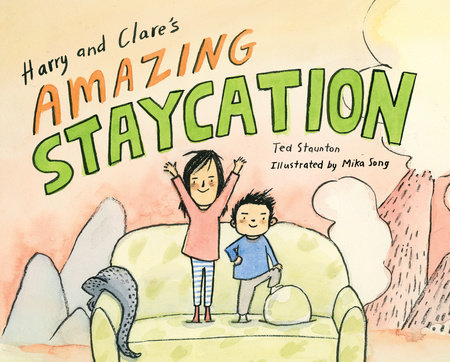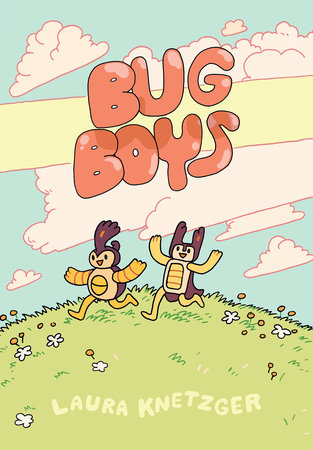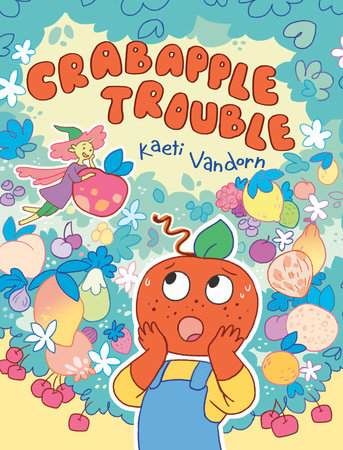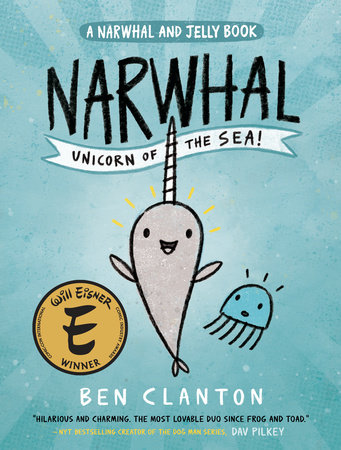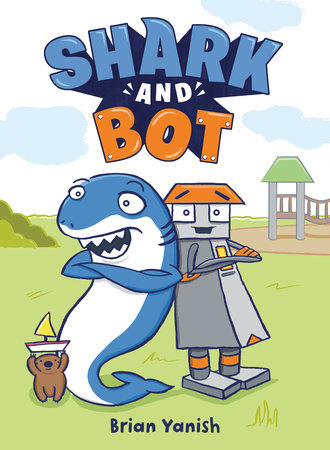Graphic Novels Can Turn Reluctant Readers Into Lifelong Book Lovers
by Mika Song
A few years ago, I was in my local public library trying to write a picture book manuscript. I kept being distracted by kids rushing up to the librarian’s desk, clutching stacks of hot pink books with a mouse on the cover. They were books from the Babymouse series by Jennifer L. Holm and Matthew Holm. Babymouse is a successful graphic novel series about a relatable, clumsy mouse trying to survive babysitting jobs and pop quizzes, with a lot of literary references thrown in for fun. The kids were really into them. That’s when I first realized the importance of graphic novels in creating independent readers and that I wanted to write a graphic novel for them, too.
I have always loved graphic novels, and I read a lot of picture books and comics growing up. When I moved to the United States as a teen in the ‘90s, all I saw were superhero comics, so I lost interest for a while. But I eventually found indie and memoir graphic novels with diverse voices that I could relate to, like Persepolis, and I started reading graphic novels again. After college, I discovered self-published graphic novels at festivals, but they were mostly for adults. One exception was Bug Boys, which I immediately wished I could have had as a little kid.
That’s changing now that graphic novels are getting more attention in children’s publishing. Different kinds of graphic novels are becoming more widely available. My friend recently told me that her eight-year-old son loved The Tea Dragon Society, a cozy fantasy story. She was really happy he liked it because he’s a bit of a reluctant reader. I was surprised because I actually bought it for his 11-year-old sister. Like adults, kids are all different, and the more choices they have, the more likely they are to find the book that turns them into a reader.
I know picture books are important for a child’s development, and I read a lot to my daughter. But when my daughter was a toddler, she pulled the young adult graphic novel Jonesy off my shelf and started looking at it. I guess it was the small trim, soft cover, giant googly eyes, and exuberant artwork that attracted her. But she was also following the character from panel to panel and connecting the panels as a story. I could see that she’d be able to read the graphic novel by herself, just like she could leaf through her picture books on her own. So, I started looking for graphic novels for children her age. We checked out all the TOON Books, like Stinky and Benny and Penny. One of her favorites was Written and Drawn by Henrietta, and she even started drawing her own stories, like the protagonist.
I realized that she needed to learn how to read a page from top to bottom and left to right. At first, I had to keep pointing to each panel as I read them. After a few months I started letting her point to the next thing for me to read. If we read a wordless comic, like Owly, I let her “read” it to me.
One of my favorite things about writing for young kids is that friendships with peers are new and significant, so conversations and language go hand in hand with them. Panels and word balloons are wonderful for showing social interactions. In a graphic novel or comic book, the facial expressions appear along with the exchanges in a conversation, which is so important in developing emotional awareness in communication. And like any book, you can absorb it at your own pace. I love to watch a kid read a funny bit in a comic over and over — to see them turn over the moment in their mind as they figure out how the joke works, even trying different deliveries of the punchline.
One day, I was in my studio cleaning up pages for my graphic novel Donut Feed the Squirrels. My daughter was looking over my shoulder at a spread when she whispered, “Crash.” She only knew her alphabet and the sounds of letters. She was recognizing the word based on the jagged shape surrounding it and the previous panel showing a squirrel speeding by in a roller skate. I just sat there, marveling at all the things that must be happening in her brain for her to read her first word!
She’s five now, and she hasn’t quite started reading words yet, but when she does, I’m excited that there will be a growing list of comics by diverse authors for her to read.
-
Books Written or Illustrated by Mika Song
-
Donut Feed the Squirrels
Also available from:Ho'onani: Hula Warrior
Also available from:Cancer Hates Kisses
Also available from:
-
Graphic Novel Recommendations
-
Crabapple Trouble
Also available from:Narwhal and Jelly Series
Also available from:Shark and Bot
Also available from:

